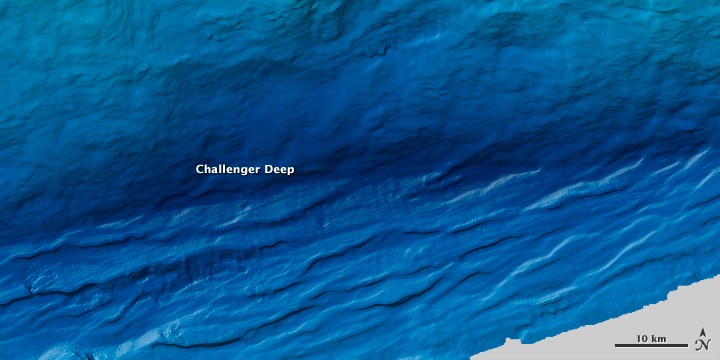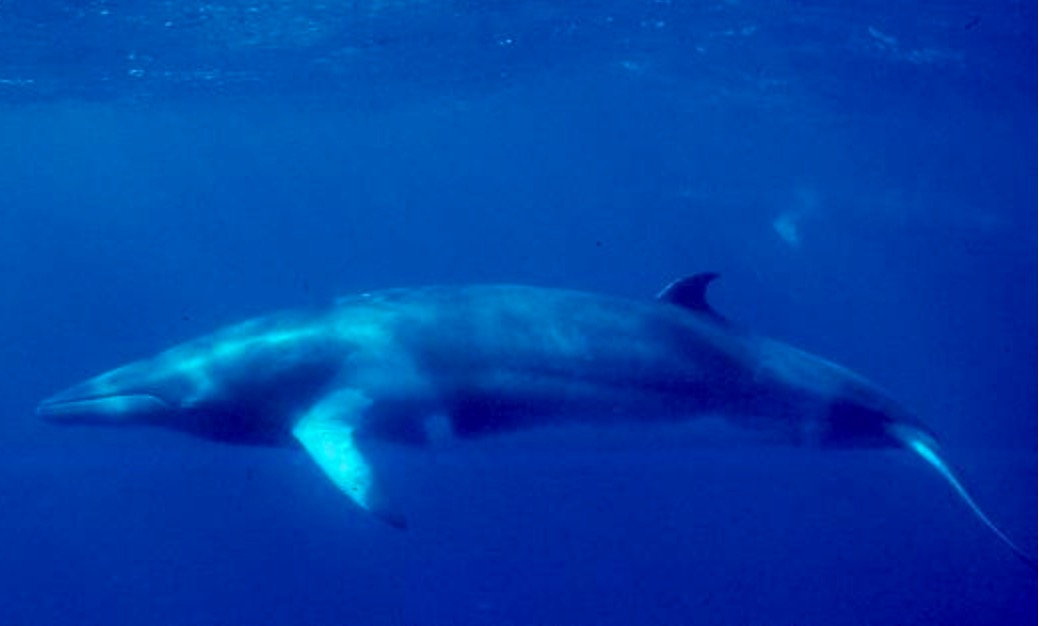Mysterious Metallic Sound in the Mariana Trench Finally Identified

An otherworldly noise that was recorded near the Mariana Trench could be a never-before-heard whale call.
Dubbed the "Western Pacific Biotwang," this newly discovered call might be from a minke whale — a type of baleen whale — according to the researchers who documented the vocalization.
Regardless of what species it is, this whale has range: The call includes sounds that span frequencies that reach as low as 38 hertz and as high as 8,000 hertz. Humans can hear sounds between 20 and 20,000 Hz. [Listen to the New Whale Call from the Mariana Trench]
"It's very distinct, with all these crazy parts," Sharon Nieukirk, senior faculty research assistant in marine bioacoustics at Oregon State University, said in a statement. "The low-frequency moaning part is typical of baleen whales, and it's that kind of twangy sound that makes it really unique. We don't find many new baleen whale calls."

The call was recorded with autonomous seafaring robots, known as "passive acoustic ocean gliders," which can dive up to 3,280 feet (1,000 meters) below the surface. Scientists can send these devices out on solo missions to eavesdrop on whale conversations. Nieukirk and her colleagues collected their acoustic data in the fall of 2014 and the spring of 2015, in an area in the Pacific Ocean east of Guam around the Mariana Trench, the deepest part of the ocean. [Video: Take a Tour of the Mariana Trench]
The twangy, five-part call, which lasts up to 3.5 seconds, was recorded regularly during both the fall and spring. The researchers hope that other scientists will identify the call in other data sets so that they can confirm the source. But in their description of the whale call in the Journal of the Acoustical Society of America, Nieukirk and her colleagues wrote that they suspect a minke whale is responsible for the new call.
Because of the call's complex structure, frequencies and metallic-sounding conclusion, the researchers think that it most closely resembles the regionally specific calls that are produced by a group of dwarf minke whales off the northeast coast of Australia. (Those calls sound a bit like "Star Wars" sound effects.) They added that there are several types of minke whales in the survey area, but not much is known about their behavior — especially their vocal behavior.
Sign up for the Live Science daily newsletter now
Get the world’s most fascinating discoveries delivered straight to your inbox.
"We don't really know that much about minke whale distribution at low latitudes," Nieukirk said. "The species is the smallest of the baleen whales, doesn't spend much time at the surface, has an inconspicuous blow, and often lives in areas where high seas make sighting difficult. But they call frequently, making them good candidates for acoustic studies."
The call still needs to be translated. Most baleen whales use specific vocalizations for seasonal breeding and feeding, but this call — since it seems to occur all year — may have a complex function, the researchers said.
"If it's a mating call, why are we getting it year-round? That's a mystery," Nieukirk said. "We need to determine how often the call occurs in summer versus winter, and how widely this call is really distributed."
It wouldn't be the first time minke whales have puzzled scientists with their calls. In 2014, scientists solved a 50-year-old mystery when they figured out that the so-called "bio-duck" sound that was often recorded in the Southern Ocean was being produced by Antarctic minke whales.
Original article on Live Science.











